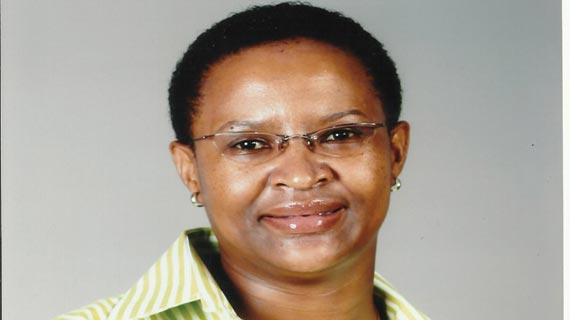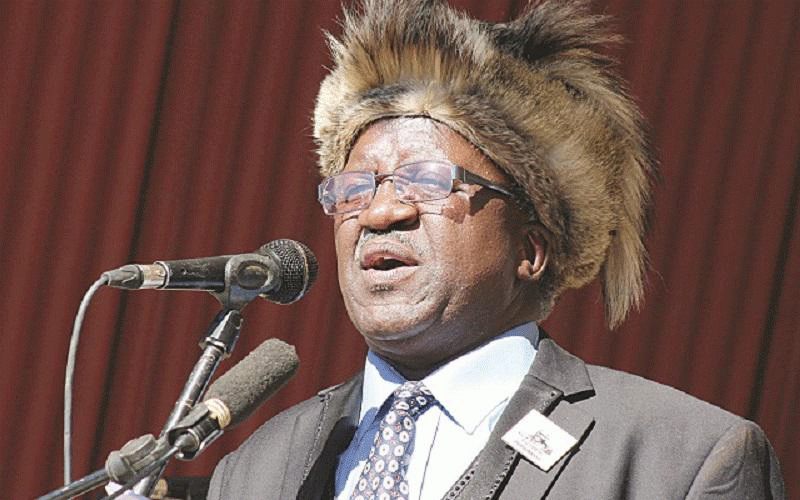
“WHAT’S IN A NAME? That which we call a rose by any other name would smell as sweet” — Shakespeare. The above phrase is part of what one might call the most celebrated speeches in Romeo and Juliet by William Shakespeare.
Sithandekile Majida
When Shakespeare wrote this speech, little did he know that in the marketing era, the current era in which you and I as consumers exist in, where consumers are even more aware of their environment and are slightly more difficult to please than they were before this famous phrase would be vehemently denied.
There is everything in a name as is displayed by “The Brands Story”.
Without the brands there is no story in marketing. What then is the brand? A laymen’s definition of a brand would be the name or a symbol that is used to identify a company’s product or offering.
It is with this name that a consumer can identify and/or differentiate a product. It is in this recognition of the product, through its name that a business realises value than if say they were selling a host of generic products with no names.
The Coca-Cola Company demonstrated that there is, in fact, everything in a name through an interesting experiment with their most famous brand in their beverage business interchangeably known as Coca-Cola or Coke.
- Chamisa under fire over US$120K donation
- Mavhunga puts DeMbare into Chibuku quarterfinals
- Pension funds bet on Cabora Bassa oilfields
- Councils defy govt fire tender directive
Keep Reading
They put the brand Coke to the test to prove that it had earned goodwill (the accountants will tell you how much this is worth in the balance sheet) over time from its consumers.
The original beverage was poured into two types of containers, one set that was clearly marked Coca-Cola and another not marked at all. A group of consumers were asked to taste the beverage in the branded containers and also to taste the beverage in the unbranded containers. T
he results were intriguing and hilarious. The consumers did not like the Coca-Cola in the unbranded containers and gave various reasons as to why the Coca–Cola in the Coca–Cola containers tasted better.
Little did these consumers know that it was exactly the same beverage that they were drinking and it was in fact, the original Coca–Cola in both containers.
This experiment showed that these consumers knew and believed Coca–Cola to be the brand, but for it to be this or to be larger than life as they asserted, it had to come in its original container that was clearly labeled Coke. If it came in another container, it lost its value completely.
This clearly demonstrates that Coca-Cola enjoyed brand equity. Brand equity is the differential effect that knowing the brand name has on a consumer’s response to the product and its marketing.
It is the measure of the brand’s ability to capture the attention and loyalty of the consumer.
The experiment clearly demonstrated that while a business may have a good brand as was the case in the Coca-Cola experiment, it is important that it is portrayed or delivered well.
When a business loses its brand equity because it has been careless with its presentation and quality its bottom line will surely struggle and by the way, it is not easy to heal ailing brands, never mind resuscitating them.
I don’t know what your brand may be. It may be a beverage like Coca-Cola, it may be maize meal or whatever grocery item that may come to mind.
It may even be in the form of an intangible product like a consultancy, or it may be in the insurance or banking field.
Whatever its description is it a brand that people will vouch for because of its integrity? Will the brand savvy consumers of today vouch for your brand because they have tried and tested it?
Is it drunk in the corner and can hardly stand for itself or on its own and therefore consumers have little regard for it? Hopefully not!
It is obvious that a brand has to bring the expected return on investment for the business.
Once it fails to do to this, then the business may very well be headed for the doldrums and in such an instance heads could roll.
How then can a business make its brand a formidable one.
It starts with the owners of the company, the top managers of the company, the vision and the mission of the company, the staff as a whole, the company’s processes, the quality of raw materials and a lot more.
Journey with me once again in the next article as we explore the many possibilities of being the proud owners of a savvy brand!
Sithandekile Majida [email protected]











